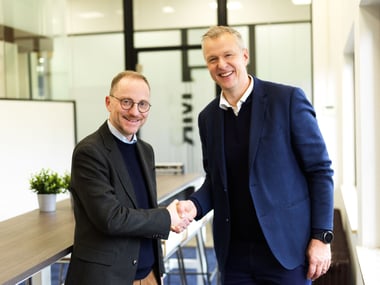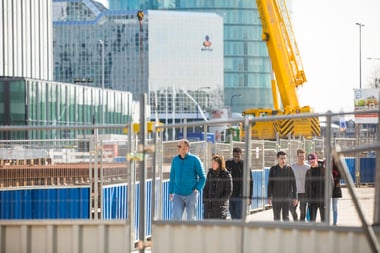
Heras joins Garda Group to strengthen its position in European Perimeter Security
OIRSCHOT – 9 April 2025 - Garda Group, Northern Europe’s largest provider of perimeter and...
.jpeg?width=704&name=Heras%20Noise%20Control%20Barrier%202.0%20E0805%20no%20filter(4).jpeg)
Heras Noise Control Barrier 2.0 reduces noise nuisance from construction works by up to 32.8 dB.

Our blog page offers some insights into new and
existing fences, projects, and access controls.

Heras joins Garda Group to strengthen its position in European Perimeter Security
OIRSCHOT – 9 April 2025 - Garda Group, Northern Europe’s largest provider of perimeter and...

Correct instalment of Noise Control Barriers on your construction site
One of the biggest challenges on construction sites is not visible, but it is certainly noticeable:...

How to protect your construction site from theft and vandalism
The importance of proper construction site security is increasing. Every year, theft and vandalism...

What it means to buy Heras temporary fences
At construction sites, events and other temporary locations, safety is of the utmost importance....